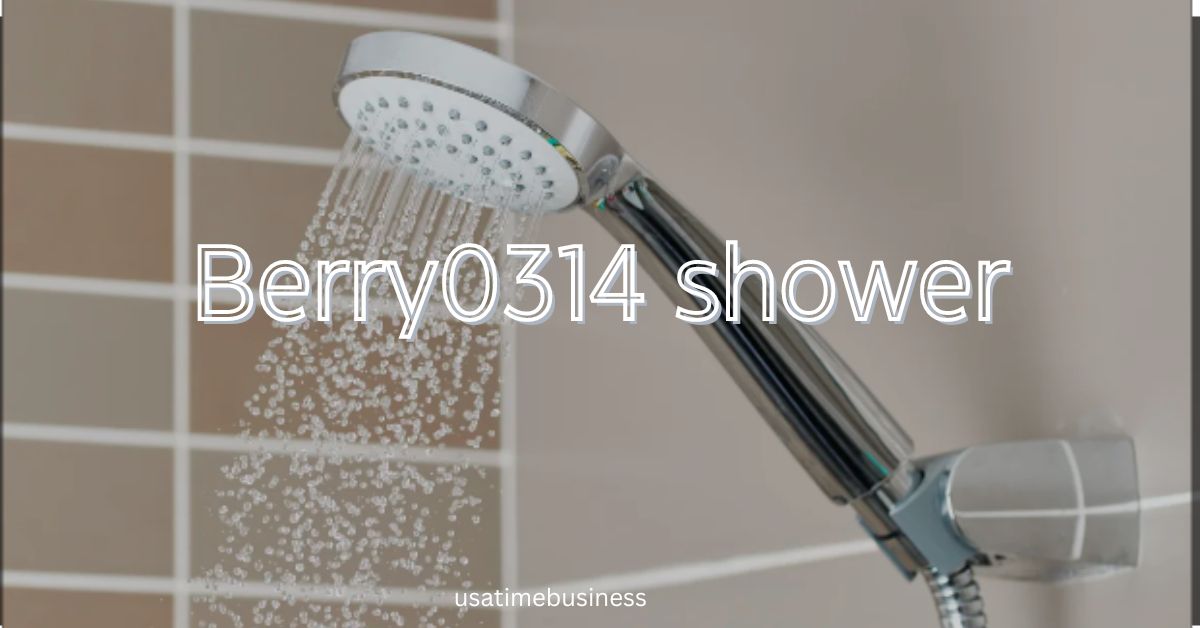Flexsteel recliners are popular for those looking for comfortable, stylish seating. But like any other furniture, they need occasional maintenance and repair. This article will provide a step-by-step guide to solving common Flexsteel recliner problems. We’ll discuss issues like recliners getting stuck in a reclined position, the inability to sprawl, and shaky frames and squeaking sounds. We’ll also include tips on maintaining and preventing further damage and answer some frequently asked questions about Flexsteel recliners. So if you’re having trouble with your Flexsteel recliner or want to ensure it stays in tip-top shape, read on!
Contents
Common Recliner Problems
Flexsteel recliners are a popular choice for those seeking comfortable and stylish seating, but like any other furniture piece, they require occasional maintenance and repair. This article will provide a step-by-step guide to troubleshooting and fixing common Flexsteel recliner problems.
One of the most common issues with Flexsteel recliners is frequent squeaking when reclining. This can be caused by wear and tear on the metal mechanisms that control the position of the chair or from dirt and debris getting caught in them. To fix this issue, find out what type of lubricant your chair requires – usually silicone or graphite – apply it generously to all moving parts between mutual connections and work it into tight areas. If you still have issues after lubricating your chair, contact a professional for further assistance.
Another issue that may arise with Flexsteel recliners is tears or rips in the upholstery. This can be caused by regular wear and tear over time or from sharp objects such as jewelry catching on fabric loops. If you notice any tears or rips, take measures to mend them immediately to prevent the problem from getting worse over time. Re-stitching loose seams is an easy fix that can be done at home with a needle and thread; if you need more extensive repairs, contact a professional upholsterer who specializes in Flexsteel chairs for help.
Your Flexsteel recliner might also become stuck in a reclined or upright position due to the misalignment of its mechanisms over time. To fix this issue, start by checking whether anything is blocking the movement of your chair (such as dust bunnies under its legs) before proceeding with repairs. You may need to remove screws located around the chair’s base to gain access to its internal mechanisms; once inside, make sure everything is aligned correctly before putting it back together again so your chair moves freely without obstruction.
Tilting of the frame may also occur if one side of your structure has been weighed down more than another during use; this can cause legs on one side to become unbalanced and eventually lead to tilting if left unchecked for too long. To address this problem, check all leg joints for signs of wear and tear before re-tightening all bolts securely using an adjustable wrench; then, use furniture pads underneath each foot for additional support until things are balanced out again.
Lastly, another common issue with Flexsteel recliners is loose legs coming off their hinges due to regular wear and tear over time – significantly if they have yet to be tightened periodically or have experienced frequent weight shifts during use. To fix this problem yourself, start by removing screws near where each leg meets its base, then check each pooled connection for signs of damage before replacing worn parts as needed. Once all contacts are secure, replace screws and ensure all pieces are tightly fastened together before returning your chair to service.
Sub-Point A: Recliner is stuck in a reclined position
If your Flexsteel recliner is stuck in a reclined position, the first thing to do is to check the footrest extension. Ensure it is not caught on any fabric or mechanisms and extended out. If not, gently push it out until it clicks into place.
Next, examine the frame and mechanisms for signs of wear and tear. Look for any loose screws or bolts that may be causing the issue and any visible damage to the frame or upholstery. If you find any evidence of damage, you should contact Flexsteel customer service immediately.
You should also check if the handle mechanism is working correctly. Pull up on the handle while pushing down on the footrest until you feel a click when both are in place. If there’s no click – or if it feels stiffer than usual – something may be wrong with your handle mechanism or its connection to the frame. Contact Flexsteel customer service for further assistance if necessary.
Finally, lubricate any moving parts, such as hinges and springs, with light machine oil to ensure everything runs smoothly and prevent further damage in future use. Make sure to wipe away any excess fat before using your recliner again!
If none of these steps solve your problem, you may need to disassemble your Flexsteel recliner to identify and fix the source of your issue. Before doing so, refer to your owner’s manual for instructions on how to do this safely and effectively without damaging any furniture parts!
Sub-Point B: Recliner won’t recline
If your Flexsteel recliner doesn’t budge, it could be the result of a variety of factors. Before you attempt to fix the issue yourself, ensure that the power supply is intact and inspect the motor for any visible signs of damage.
Begin by disconnecting the power cord from its wall outlet and closely examining the plug for any indications of wear or tear. Plug in again once you have confirmed it looks fine, and switch on the power source. If your recliner still refuses to move, you may need to check out its internal wiring. Carefully unscrew all fasteners connecting the backrest to its frame and locate each wire connected to it. Make sure there are no signs of breaks or fraying before putting everything back together again.
If all looks normal, but your chair is still unresponsive, manually test it by pressing both sides of its backrest and pushing the up/down buttons. This should cause it to move if there are no major mechanical problems with its motor or frame components.
Should none of these remedies work, or if you feel uncomfortable troubleshooting yourself, contact a certified technician specializing in Flexsteel recliner repairs for further assistance. They can detect hidden issues and ensure your chair becomes fully functional soon!
Sub-Point C: Recliner is wobbly
When fixing a wobbly Flexsteel recliner, the first step is to check all the screws and tighten any loose ones. Be sure to fit around the perimeter of the frame and underneath any cushions or armrests. You can use a screwdriver or power drill to tighten them if necessary.
The next step is to inspect the frame for signs of damage, such as cracks or chips, that could affect its structural integrity and cause it to become unstable. It’s also essential to examine the base of the chair for any wear and tear that might be causing it to become weak and wobbly over time.
If you find that the base of your recliner is warped, we suggest using a shim beneath it to level it out and ensure it sits firmly on the ground. A shim is an inexpensive piece of wood that can be purchased from most hardware stores and will do wonders for stabilizing your chair’s frame.
Finally, if all else fails, disassemble your Flexsteel recliner to inspect all its structural components properly. A certified technician should only do this with experience in furniture repair. Once they’ve identified any issues, they can provide solutions, such as replacing parts or tightening screws accordingly to get your recliner back into working condition.
How to Troubleshoot and Fix a Recliner
This section will cover the steps necessary to troubleshoot and fix a Flexsteel recliner. First, disconnect the power cord from the wall socket to ensure no electricity runs through it while working on it. Then, use a screwdriver to check for any loose bolts or screws that may have come loose over time, and tighten them if necessary.
If there are any worn or broken parts, replace them with replacements from Flexsteel. After returning any broken parts, carefully inspect the frame of your recliner for damage or signs of wear and tear. Look out for cracks in the structure or any areas where bends in the metal may indicate weak spots. Ensure all moving parts, such as the footrest extension and other mechanisms, function correctly and do not show signs of corrosion or rusting.
Finally, please take a closer look at the fabric and upholstery of your Flexsteel recliner for tears or rips that could be causing issues with its functionality. If you find any problems with either one of these components, use an appropriate adhesive to patch them up before continuing with your work.
By following these steps closely, you should be able to troubleshoot and fix any Flexsteel recliner problem successfully. However, none of these remedies solve your issue. In that case, it is best to consult a certified technician who can thoroughly assess your situation and provide further assistance to repair your recliner correctly.
Sub-Point A: Gather the necessary tools
Before beginning any repairs on a Flexsteel recliner, gathering the necessary tools for success is essential. Investing in quality items such as screwdrivers, pliers, wrenches, and hammers – of various sizes – will provide you with the groundwork needed for successful repairs. Furthermore, pay attention to the manufacturer’s instructions if available and put safety first by wearing gloves while handling sharp objects. Once all these preliminary steps are taken care of, you can inspect each part of the furniture carefully and accurately assess what needs repair or replacement.
Sub-Point B: Inspect the recliner for signs of damage or wear and tear
When inspecting a Flexsteel recliner for any signs of damage or wear and tear, paying attention to the frame, fabric, upholstery, and internal mechanisms is essential. Here is a step-by-step guide on how to do this:
First, check the framing for any dents, scratches, or rust. These can be indicative of poor maintenance or an accident. If there are any visible signs of damage, consider contacting a certified technician as soon as possible.
Next, inspect the fabric for any tears or rips in the material. Also, look for discoloration or other signs of wear that could compromise the overall quality of the recliner. If you discover any problems with the fabric, it’s best to have it replaced as soon as possible to avoid further damage.
Then take a closer look at the upholstery and check for stains or other indications of wear and tear. It would be best to ensure all seams are intact and not loose or fraying in places. You can use a vacuum cleaner attachment to remove dust particles from hard-to-reach areas, such as between cushions.
Finally, ensure that all mechanisms function correctly by checking if they move fluidly when operated. Also, ensure that all bolts and screws are tightened correctly so nothing becomes dislodged during use. If you find anything amiss with your Flexsteel recliner’s mechanisms, it’s best to contact a qualified technician to help you replace them.
By following these steps closely when inspecting your Flexsteel recliner for signs of damage or wear and tear, you can identify potential issues before they become worse and take steps toward remedying them quickly and effectively.
Sub-Point C: Check for loose bolts or screws
This article section provides a step-by-step guide to checking for loose bolts or screws on Flexsteel recliners. It begins by instructing users to turn the chair over and inspect the frame and footrest for loose bolts or screws. If any are found, it is essential to tighten them using a screwdriver and ensure that they are secure.
However, it is important not to over-tighten these bolts or screws as this can strip the threads, leading to further damage. An excellent way to avoid this is by hand-tightening screws and giving them an extra quarter turn with a screwdriver.
In addition, if any of the bolts or screws are found to be damaged, they should be replaced with new ones. However, before doing so, it is essential to make sure that they match up with the size of the existing hardware in order not to cause further damage or create an imbalance in the chair’s structure. Additionally, when replacing or tightening bolts and screws, it is best practice to use a lubricant such as WD-40 to ensure that all parts fit together correctly without causing friction.
Finally, if, after following these steps, you still find yourself unable to fix any issues related to your Flexsteel recliner due to extensive damage involving more complicated repairs than tightening bolts and screws, then it may be wise to contact a certified technician for assistance.
Repairs for Specific Issues
When dealing with a Flexsteel recliner, taking precautionary measures for safety and repair quality is essential. Before attempting any repairs, check the manufacturer’s manual for instructions on replacing or repairing parts. Additionally, ensure that all tools, such as a Phillips screwdriver and an adjustable wrench, are readily available. Wear gloves when handling sharp objects like screws and bolts for added safety. It is also essential to ensure that fixings are appropriately tightened to avoid stripping threads.
Before commencing repairs, clean away dirt and debris from the recliner’s frame using a vacuum cleaner brush attachment on its lowest setting; if stubborn stains are present, consider employing professional cleaning products specifically designed for furniture care use. Inspecting the chair’s frame should also help identify loose bolts or screws that may need tightening or replacing with genuine replacement parts of the same size and length as existing hardware. Suppose lubrication is necessary due to the squeaking or sticking of moving parts. In that case, light machine oil or WD-40 can be applied to reduce friction between components which will aid the smooth operation of your Flexsteel recliner over time.
If these solutions do not resolve the issue, seek out a certified technician is recommended who will have access to specialized equipment that can diagnose problems quickly and accurately with minimal downtime of service time. Following these steps will help ensure successful repairs of your Flexsteel recliner so you can enjoy comfortable relaxation in no time!





